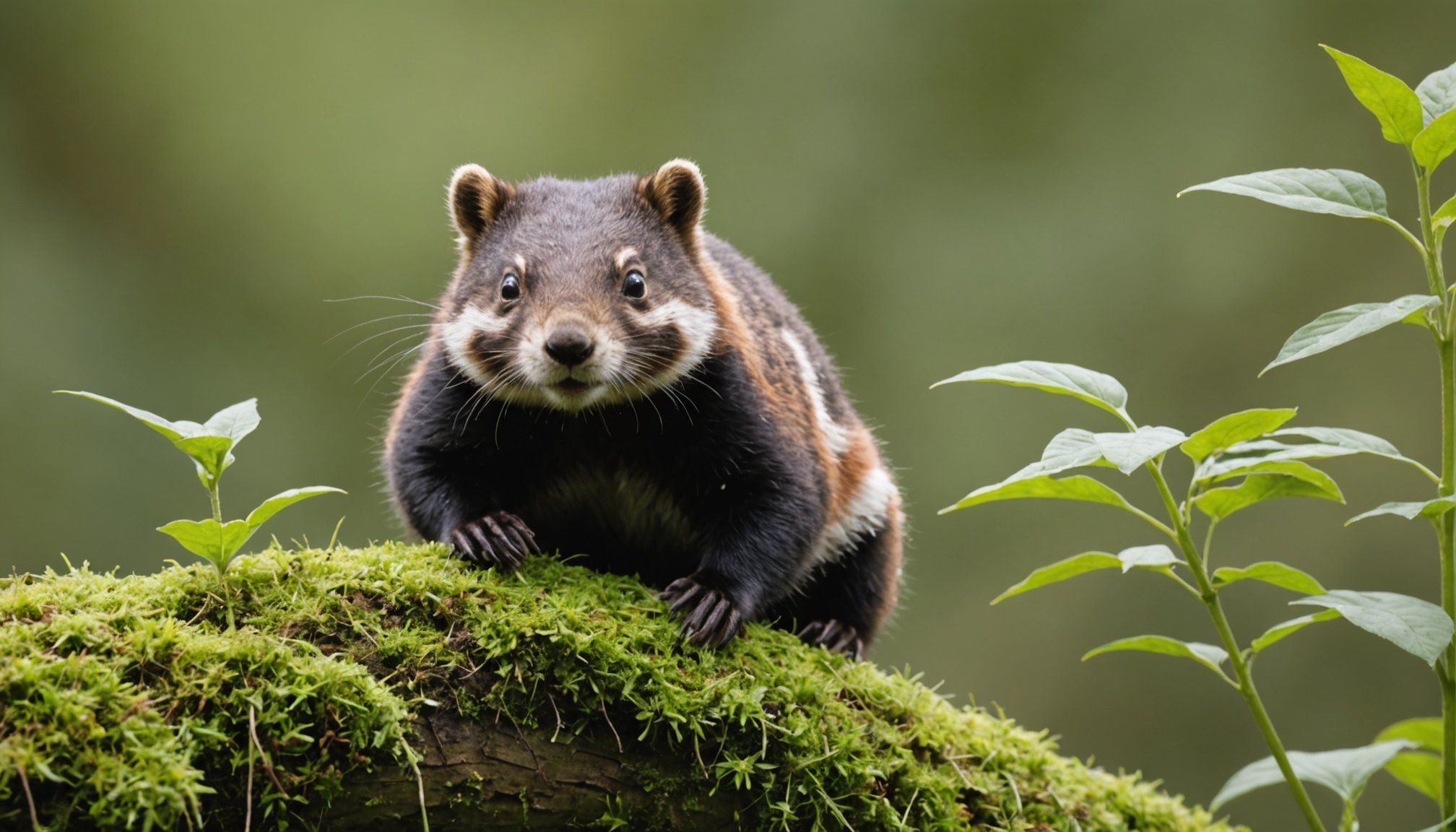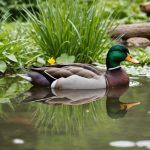Innovative Habitat Management Strategies
Innovative habitat management approaches by UK Wildlife Trusts are crucial for biodiversity enhancement and conservation. One such approach involves tailored strategies that cater to various types of habitats. By assessing specific needs, conservation strategies can be more effective in supporting the local flora and fauna.
For instance, preserving wetland areas requires a distinct set of actions compared to managing woodland or grassland. Customised strategies address habitat-specific threats and promote resilience against climate change. Such detailed efforts are vital as they help maintain ecological balance.
Sujet a lire : Nurturing nature: practical strategies for uk communities to safeguard local orchid species
Local community involvement is also a significant element in habitat management practices. When local residents are engaged, they provide valuable insights and support, enhancing overall conservation efforts. Community activities can include habitat restoration projects, wildlife monitoring, and educational programs. These initiatives not only foster a sense of stewardship among residents but also ensure sustainable management practices.
The integration of local knowledge and needs into conservation strategies often leads to more successful outcomes. By combining scientific approaches with community participation, UK Wildlife Trusts provide both immediate benefits to nature and longer-term solutions to persistent environmental issues. This collaborative effort solidifies the foundation necessary for thriving ecosystems.
A voir aussi : Ultimate guide for uk homeowners: crafting perfect bat boxes tailored for your local environment
Successful Case Studies
Exploring the successful case studies of biodiversity projects reveals the impactful work being done in the field of habitat restoration across various environments. These projects demonstrate effective strategies by UK Wildlife Trusts to revitalise ecosystems and support local species.
Case Study: Coastal Habitat Restoration
Coastal habitat restoration efforts focus on reclaiming and stabilising shorelines, enhancing the breeding grounds for marine life, and preventing erosion. Techniques such as replanting native grasses and constructing protective barriers have proved effective. The measurable outcomes in this case include increased biodiversity and improved sustainability of local marine ecosystems.
Case Study: Urban Biodiversity Initiatives
Urban areas are increasingly recognising the importance of habitat restoration. Initiatives focus on creating green spaces, planting native species, and encouraging urban wildlife. By promoting these goals, cities achieve higher biodiversity levels, raising the quality of life for residents and visitors alike.
Case Study: Wetland Conservation Projects
Wetland conservation projects aim to preserve and restore these vital ecosystems. The methods employed include rehydrating drained wetlands and controlling invasive species. These efforts have led to increased biodiversity and improved water quality, proving the effectiveness of diligent habitat management. Future directions focus on adaptive management strategies to continue successful conservation outcomes.
Scientific Evidence Supporting Habitat Management Approaches
Scientific research has yielded essential findings, reinforcing innovative management techniques aimed at habitat preservation. By meticulously conducting biodiversity studies, researchers have unveiled significant improvements in various ecosystems. Data analysis plays a crucial role in these efforts, as it translates complex field data into actionable insights.
Collaboration between ecologists and conservationists has become a cornerstone of habitat management. This partnership involves leveraging diverse expertise to tackle emerging ecological challenges. Through collaborative studies, experts have aggregated substantial statistical analyses that indicate positive outcomes in biodiversity enhancement.
Key findings disclose that management techniques, such as controlled burns or rewilding, have led to measurable biodiversity increases. These interventions, supported by rigorous scientific research, provide hope for restoring threatened ecosystems. Moreover, the willingness of scientists to synthesize knowledge across disciplines underscores the value of interdisciplinary cooperation.
Engaging in data analysis, these studies don’t solely focus on isolated ecosystems. Instead, they aim to establish patterns that might be applicable more broadly. This approach ensures that the management techniques remain versatile and adaptive, meeting the dynamic needs of our planet. Consequently, these innovations offer a blueprint for resilience in the face of environmental upheaval.
Benefits of Innovative Habitat Management for Local Ecosystems
Enhancing habitat diversity through innovative habitat management can significantly bolster wildlife conservation efforts. By introducing varied habitats, we cater to a wide array of species, thus promoting species diversity and resilience. Diverse ecosystems often support more robust populations and have a greater ability to withstand environmental changes.
Ecosystem benefits extend beyond biodiversity. For instance, varied habitats can lead to improved ecosystem services, such as enhanced pollination by providing diverse floral resources that attract pollinators. Water quality also benefits as varied plant life helps filter pollutants and stabilize soil, reducing erosion and sediment runoff into local water bodies.
Additionally, these practices promote long-term sustainability and have substantial benefits for community health. When ecosystems thrive, they provide cleaner air, water, and more recreational opportunities, improving the quality of life. Healthier ecosystems can lead directly to healthier communities by offering fresh food sources and spaces for exercise and recreation.
Embracing innovative habitat management is a proactive approach to ensuring that both our local environments and the communities within them remain healthy and vibrant. Through thoughtful conservation efforts, we not only protect but enhance the natural world and our own well-being.
Getting Involved in Biodiversity Initiatives
Community involvement plays a crucial role in fostering biodiversity and enhancing local conservation efforts. There are multiple ways individuals can contribute, and volunteering stands out as a particularly impactful method.
Opportunities for Volunteering
Volunteering can take various forms, offering something for everyone passionate about wildlife conservation. Local wildlife trusts often welcome supporters eager to lend a hand in maintaining natural habitats or participating in seasonal counts of species. These trusts provide a structured way for enthusiasts to connect with like-minded individuals, reinforcing the community’s dedication to preserving nature’s rich tapestry.
Educational Resources and Workshops
Access to educational resources and workshops empowers individuals with the knowledge needed to make informed decisions. Local wildlife trusts frequently host informational sessions and hands-on workshops, providing valuable insight into the species and ecosystems unique to their areas. Workshops focus on various topics, from plant identification to sustainable gardening practices, all aiming to deepen understanding and inspire proactive measures.
Fundraising and Advocacy Campaigns
Fundraising and advocacy campaigns represent another avenue for impactful community involvement. By engaging in these campaigns, individuals can support larger conservation projects financially while raising awareness about environmental issues. Success stories of community-led initiatives highlight the extraordinary difference collective action can make, illustrating effective strategies for others to emulate within their local contexts.











